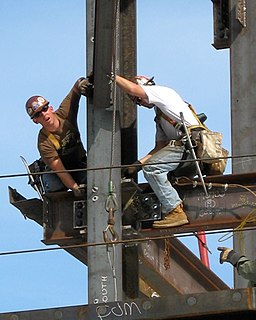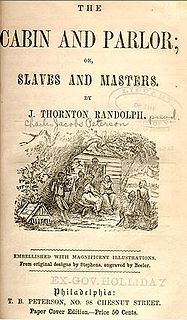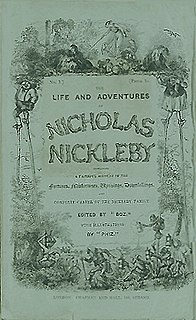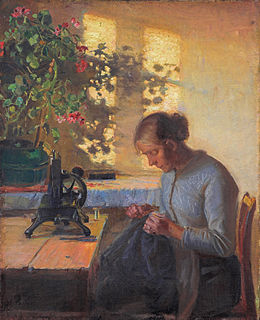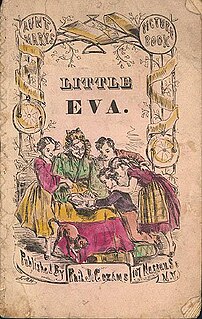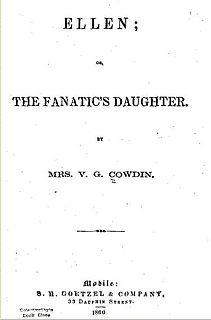| Author | Caroline Rush |
|---|---|
| Country | United States |
| Language | English |
| Genre | Plantation literature |
| Publisher | Crissy & Markley |
Publication date | 1852 |
| Media type |
The North and the South; or, Slavery and Its Contrasts is an 1852 plantation fiction novel by Caroline Rush, and among the first examples of the genre, alongside others such as Aunt Phillis's Cabin by Mary Henderson Eastman and Life at the South; or, "Uncle Tom's Cabin" As It Is by W.L.G. Smith, both of which were also released in 1852.
This article presents lists of the literary events and publications in 1852.

Anti-Tom literature refers to the 19th century pro-slavery novels and other literary works written in response to Harriet Beecher Stowe's Uncle Tom's Cabin. Also called plantation literature, these writings were generally written by authors from the Southern United States. Books in the genre attempted to show either that slavery was beneficial to African Americans or that the evils of slavery as depicted in Stowe's book were overblown and incorrect.

Aunt Phillis's Cabin; or, Southern Life As It Is by Mary Henderson Eastman is a plantation fiction novel, and is perhaps the most read anti-Tom novel in American literature. It was published by Lippincott, Grambo & Co. of Philadelphia in 1852 as a response to Harriet Beecher Stowe's Uncle Tom's Cabin, published earlier that year. The novel sold 20,000–30,000 copies, making it a strong commercial success and bestseller. Based on her growing up in Warrenton, Virginia of an elite planter family, Eastman portrays plantation owners and slaves as mutually respectful, kind, and happy beings.



